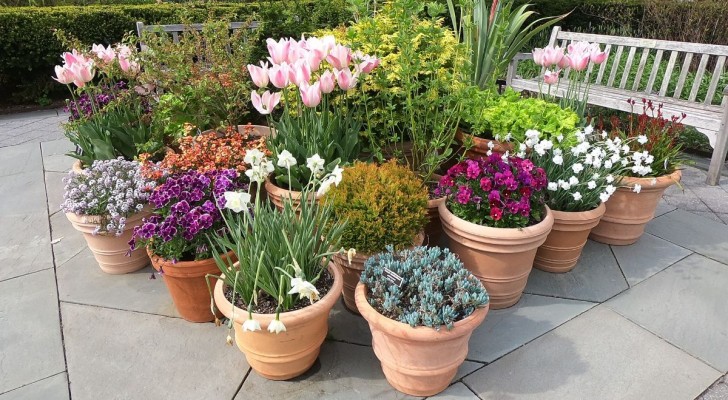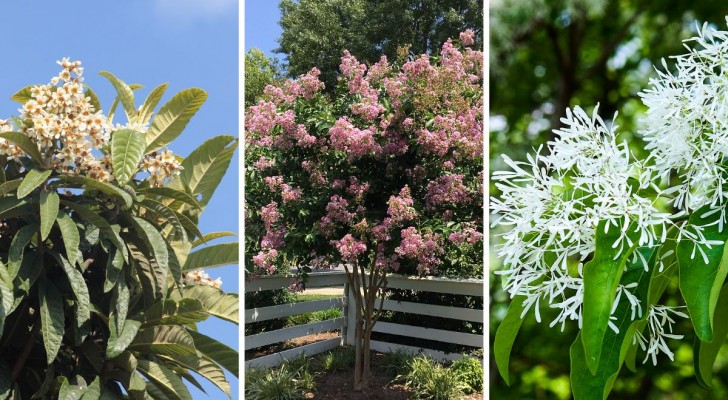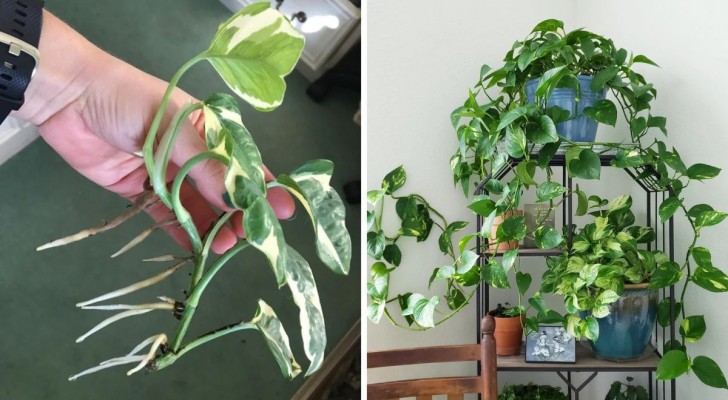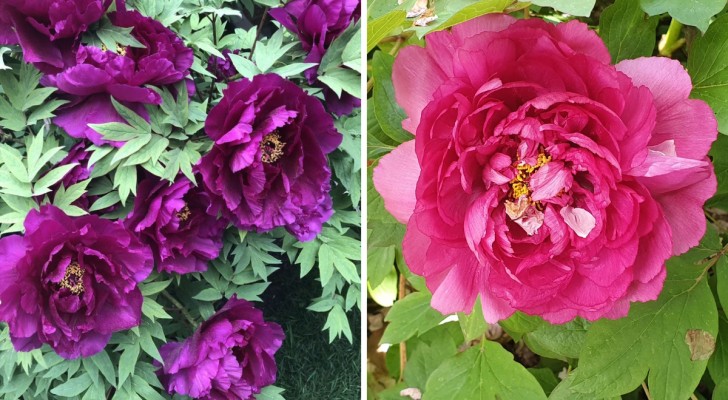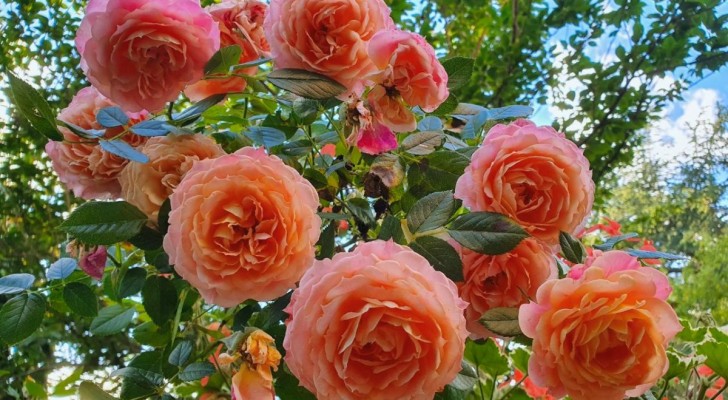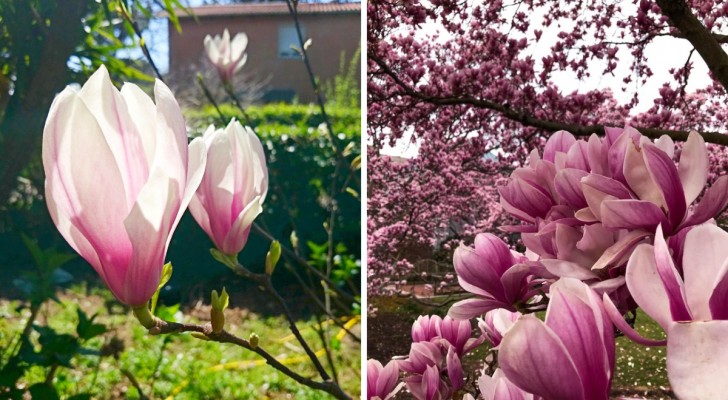Beautiful and resilient: Ivy is a gorgeous indoor plant that is often undervalued

Ivy is a plant that has a somewhat poor reputation: it is always thought of as a climbing plant that is almost impossible to control, and which should always be eradicated where it is found. And it is indisputable that ivy has an incredible vigor and is able to propagate extremely easily, so in the garden it is indeed necessary to control its growth. But it can often be a perfect choice, even as an indoor plant.
In fact, not only is it beautiful to look at (and there are many varieties coming different in shapes, colors and sizes) but it is able to clean the air, filtering out harmful toxins from the indoor air. Further, it is loved by pollinating insects and is perfect for growers who do not have a green thumb.
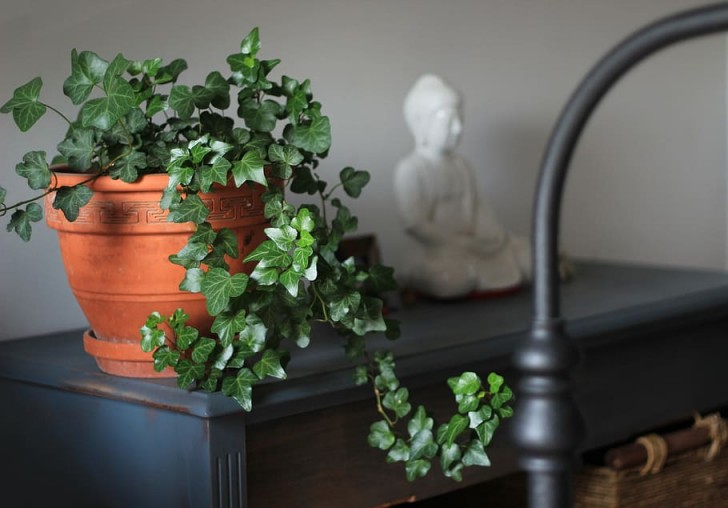
The characteristic for which ivy is often detested, is the fact that it can grow almost anywhere and can suffocate many other plants. But this is simply proof of its ability to survive, even in more difficult conditions which would kill other plants, even in the home.
- Exposure and climate: it is a very tough plant, but the ideal cultivation conditions recommend temperatures around 15-18 °C (60-65°F), and which in winter does not drop below 7 °C (45°F). It also grows more luxuriantly in the sun, but it can also tolerate positions that are dimly light. The more colorful and variegated the leaves, the more they will need sunlight. The species with very dark leaves, on the other hand, manages to grow even in low light conditions.
- Watering: ivy in the garden is self-sufficient once it takes root. In pots, on the other hand, it is necessary to make sure that the soil does not remain dry for too long in summer and also in the warm periods of spring or autumn.
- Soil: ivy is not very demanding, and indeed it adapts to many different types of soil, even the very poor ones. However, it is always better to go for a rich and well-draining soil, perhaps lightened up with a little sand or perlite.
- Pruning: the plant grows quickly, so there is a need to contain it if it is not possible to move it into a large pot or into the garden. Pruning is best done at the end of summer, or as soon as winter ends. With the tops of the branches cut you can easily harvest lots of cutting for propogation. Otherwise, the ivy spreads easily even by layering.
Below you can see various types of ivy, with leaves of different shapes and colors:
Have you grown ivy at your home?
